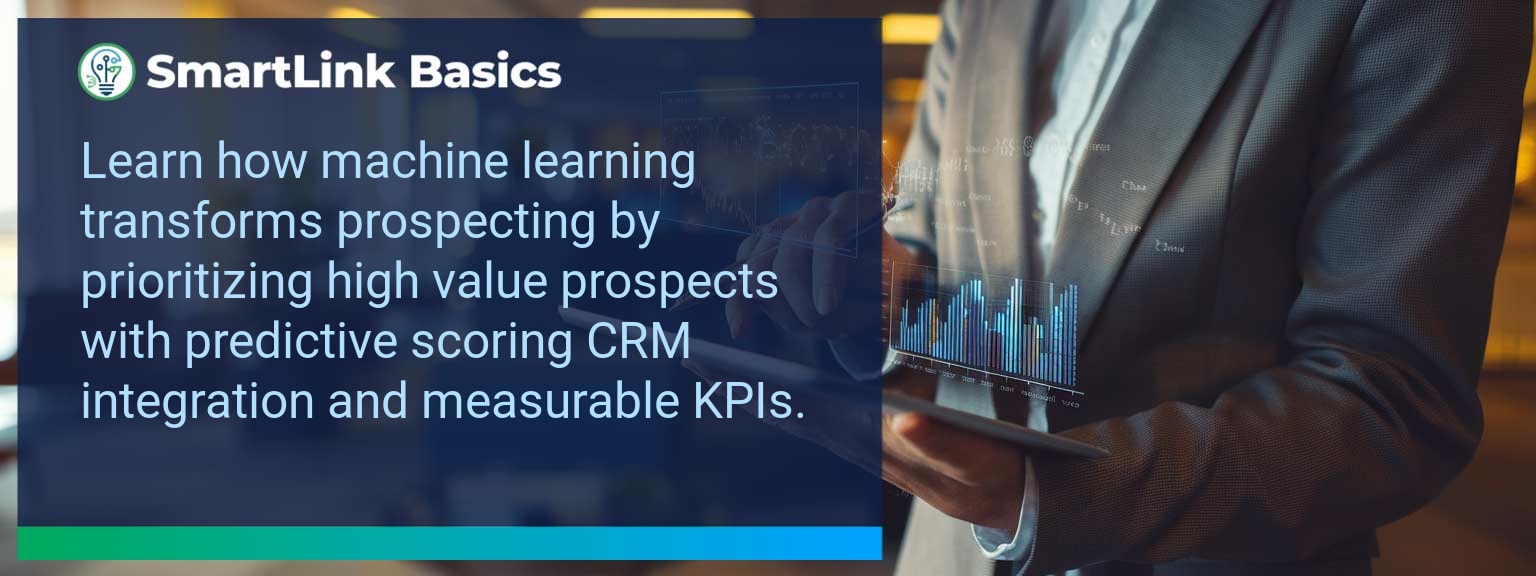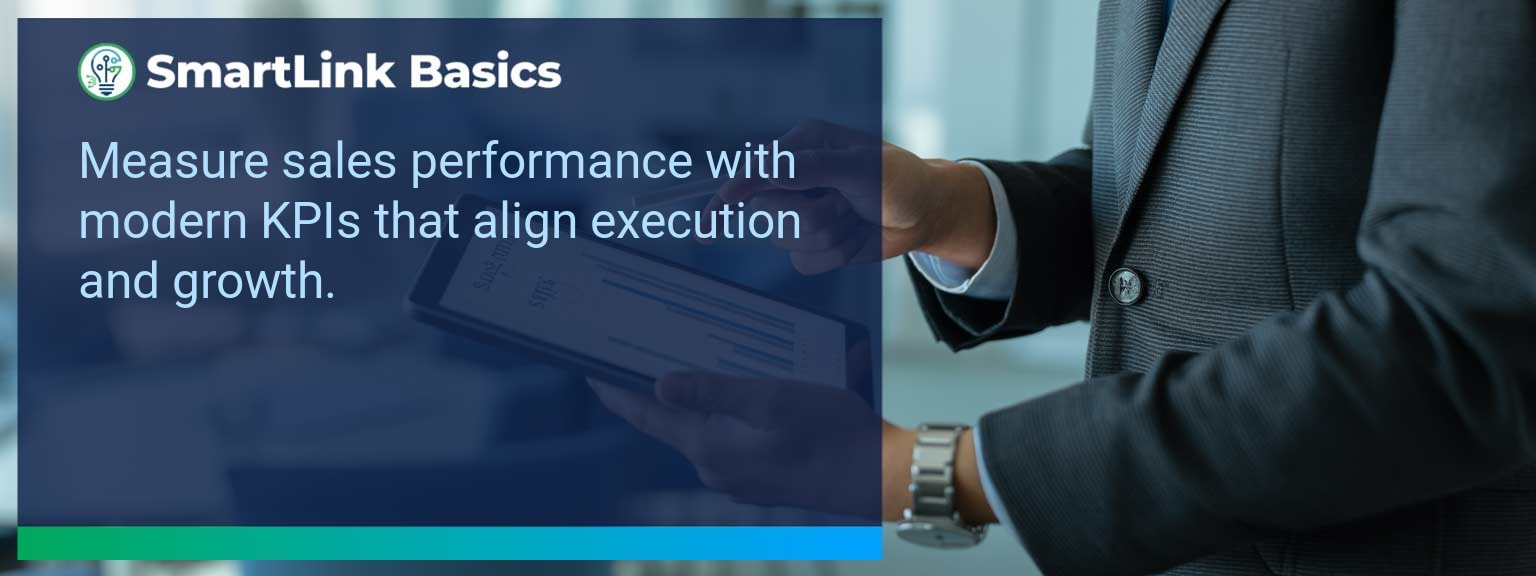Accurate sales forecasting drives capital allocation, hiring decisions, and investor confidence. A McKinsey study found that companies using AI-driven forecasting improved accuracy by up to 50% compared to traditional methods. For sales leaders, this is not a marginal improvement; it reshapes how teams execute against targets. At SmartLink Basics, we see AI Sales Forecasting becoming a core capability for competitive sales organizations. This article explores why reliance on spreadsheets and judgment calls is giving way to AI-driven precision, how to design an operating system around it, and how to measure impact. You will learn practical ways to implement AI into your sales analytics, align team behaviors with predictive models, and forecast revenue with confidence.
- AI sales forecasting improves accuracy by analyzing large, multi-source datasets in real time.
- Machine learning models detect trends and seasonality far better than human judgment alone.
- Integrating AI requires redesigning pipeline architecture, processes, and cadences.
- Measuring success involves leading, lagging, and quality metrics.
- Starting with a defined scope accelerates adoption and ROI.
Common Struggles With Traditional Sales Forecasting
Many sales leaders still rely on spreadsheet projections and subjective pipeline assessments. These approaches often fail to capture shifting customer behaviors or macroeconomic trends. Errors compound when assumptions remain static over time. Consider a B2B software provider that projected quarterly growth based on last year’s close rates. When market conditions shifted, their forecast was off by 28%, leading to overstaffing and cash flow stress. This situation is avoidable when leveraging AI models that adjust forecasts dynamically. To address these gaps, leaders should begin by assessing data quality, identifying patterns missed by manual methods, and mapping where predictive models could augment decision-making.Leveraging AI For Accurate Sales Predictions
Effective AI Sales Forecasting starts with a reliable, integrated data environment. Machine learning algorithms require clean, consistent inputs from CRM, marketing automation, and financial systems. The output is not just a number—it’s an adaptive model that reflects the latest demand signals. For example, a retail chain implementing AI revenue prediction tools saw their demand forecasting accuracy rise from 70% to 92% by analyzing POS data alongside economic indicators. The improved clarity allowed for smarter inventory commitments and supplier negotiations. Actionable step: Integrate your CRM with predictive analytics platforms capable of continuous learning, ensuring forecasts evolve as market conditions shift.Enhanced Decision Making Through AI Forecasting
When sales forecasting with AI is deployed effectively, leaders gain the confidence to make proactive, high-impact decisions. This includes reallocating resources to high-probability deals, adjusting quotas in near real time, and aligning sales plays to emerging opportunities. A manufacturing supplier used machine learning in sales analytics to identify an unexpected surge in demand from a secondary vertical. They shifted account executive focus within two weeks, capturing an additional $3.5M in quarterly revenue. Adopt AI-driven forecasting as a central component of your sales strategy meetings, using its outputs to guide investment, staffing, and training priorities.The Road Ahead For AI In Sales Strategy
AI’s value in demand forecasting and revenue projection will grow as algorithms incorporate more unstructured data, such as customer sentiment and competitive movements. Leaders who embed AI into their operating cadence will outpace those who view it as a reporting add-on. By setting clear governance for data use and aligning incentives around forecast accuracy, organizations position themselves for sustainable growth. AI will not replace strategic leadership—it will enhance it with sharper, real-time intelligence. Establish a roadmap with quarterly checkpoints to refine data flows, retrain models, and expand AI’s scope across product lines.Metrics That Matter
| Category | Metric | Definition | Target |
|---|---|---|---|
| Leading | Forecast Submission Rate | % of managers submitting AI-assisted forecasts on schedule | 98%+ |
| Leading | Pipeline Data Accuracy | Deals with stage, value, and close date verified weekly | 95%+ |
| Lagging | Forecast Accuracy | Actual revenue ÷ forecasted revenue | ±5% |
| Lagging | Revenue Growth Rate | Quarterly change in net new revenue | 10%+ |
| Quality | Model Adoption Index | Extent to which teams use AI predictions in planning | ≥ 80% |
| Quality | Manager Confidence Score | Surveyed leader confidence in forecast reliability | ≥ 4.5/5 |
Get the 90-day plan, coaching rubric, and dashboard template to operationalize AI in your enablement program.









